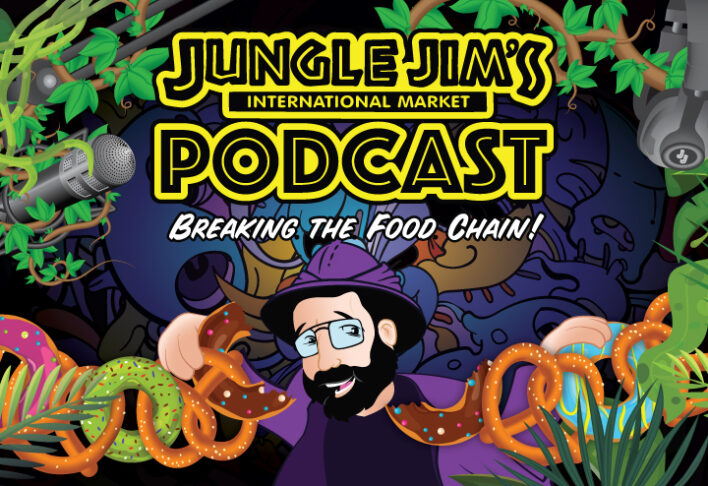
Give Me Champagne When I’m Thirsty…
Back to feed- Posted: 11/26/2016
- Categories: Wine
Champagne is a term that presents a great deal of confusion among customers and irritation among industry types like myself in that is often misused, maligned and misunderstood. The simplest clarification is that Champagne is sparkling wine from the Champagne region in France, and sparkling wine from any other place in the world, even other parts of France, it’s just sparkling wine. Yet thanks to a few American wineries that continue to use the term “Champagne” to denote their own sparkling wines, American consumers just don’t know what to call it.
Champagne, in a more complicated explanation, is well, more – and less – complicated.
Personally, I began my love affair with Champagne much the way I began to realize girls were no longer “icky.” You grow up, your mind evolves, and you start to see things differently. And like the great Italian poet Petrarch (forgive the English Lit reference here), I found my Laura with Champagne Egly-Ouriet, an incredible producer from Champagne’s Montagne de Reims.
Over the years, I’ve become increasingly aware of what separates Champagne from virtually all other sparkling wines – though sparkling wines from Italy’s Franciacorta, France’s Loire and Jura regions, and even sparklers from California and Oregon like Schramsberg, Soter and Argyle are pretty darn good.
Champagne is an historic place, where some of the most tragic and violent moments in human history have occurred, stretching as far back as the Holy Roman Empire. Some of Europe’s bloodiest conflicts during both World Wars spilled over into Champagne, and there are stories of the roads of Champagne strewn with empty bottles of sparkling wine, the literal spoils of war, plundered from the region’s wine caves and cellars as Germany marched across France. Yet from this land, steeped in the blood of so many, something divine rises up from its soils, like a Phoenix from the ashes, blessing this world with its gifts year after year after year.
The wines of Champagne are typically blends of the grape varieties Chardonnay, Pinot Noir, and less often Pinot Meunier, though there are other grapes used (the rest of the seven officially recognized grapes include Pinot Blanc, Pinot Gris, Pinot Meslier and Arbane). Blanc de Blancs is a term that designates a wine made entirely of Chardonnay, while Blanc de Noirs refers to a wine made from Pinot Noir and/or Pinot Meunier. The process is complicated and labor-intensive, usually by allowing the wines to experience secondary fermentation in the bottle, thus creating carbonation. Champagne laws demand that fruit be sourced exclusively from within the Champagne region, and the wineries practice specific viticultural and pressing techniques, a process referred to as Methode Champenois or Champagne Method.
After secondary fermentation occurs in the bottle, the process of remuage (or riddling) begins. This is where the bottles placed upside down at an angle and are turned – either by hand or by machine – to draw the spent lees (dead yeast cells) to the neck of the bottle. The bottles are chilled and the neck is then frozen, enabling the cap to be removed, and the bottle resealed. Dosage is the process where wine from previous vintages is added and additional sugar is introduced to calibrate the sweetness of the wine.
The breakdown in levels of sweetness are as follows:
- Brut Zero – some smaller producers are using this to denote absolutely no residual sugar in the wine at all.
- Extra Brut (also called Brut Sauvage or Brut Nature) – less than 6 grams of residual sugar.
- Brut – less than 12 grams. THIS IS THE MOST COMMON DESIGNATION OF SWEETNESS.
- Extra Dry – between 12 and 17 grams
- Sec – 17 to 32 grams
- Demi-Sec – 32 to 50 grams
- Doux – 50 grams
So in the midst of all this background knowledge, we tasted a few terrific Champagnes last week, a few from the larger negociants as well as a few new grower Champagnes:
G. H. Mumm Blanc de Blancs Mumm de Cramant NV. A gorgeous 100% Chardonnay from venerable Champagne house G. H. Mumm. Very pretty, lime zest, candied apricots, mineral and green apple mousse.
Champagne Trudon Brut “Emblematis” NV. Pretty spectacular for the money, this lively, vibrant blend of Pinot Meunier, Pinot Noir and Chardonnay is a real crowd-pleaser.
Champagne Trudon Brut “Roséphile” NV. Made entirely from old vine Pinot Meunier, there is hibiscus, pink grapefruit and tangerine happening in this bold, racy dry rosé.
Champagne Waris-Hubert Chardonnay Brut Grand Cru NV. I really love this Blanc de Blancs from this relative newcomer to the U.S. Dry, lemon cream and citrus peel with lightly toasted brioche and mineral abound.
Piper-Heidsieck Extra Dry NV. Historically fun and nerdy to sell, Charles Heidsieck brought Champagne to America. Here the house Extra Dry is a slightly sweeter, nutty, toasty cuveé ideal for fans of the sweet style of sparkling.
Champagne Taittinger Sec “Nocturne” NV. This sweeter style is surprisingly balanced with enough acidity to enjoy this gorgeous sparkler as a pairing for desserts or just a nice way to wind down after a long day.
Drop in and talk to us at either store about Champagne vs. Sparkling wine, or just ask for some great bubbles and we’ll spend as much time as you need. After all it’s one of our favorite subjects.



